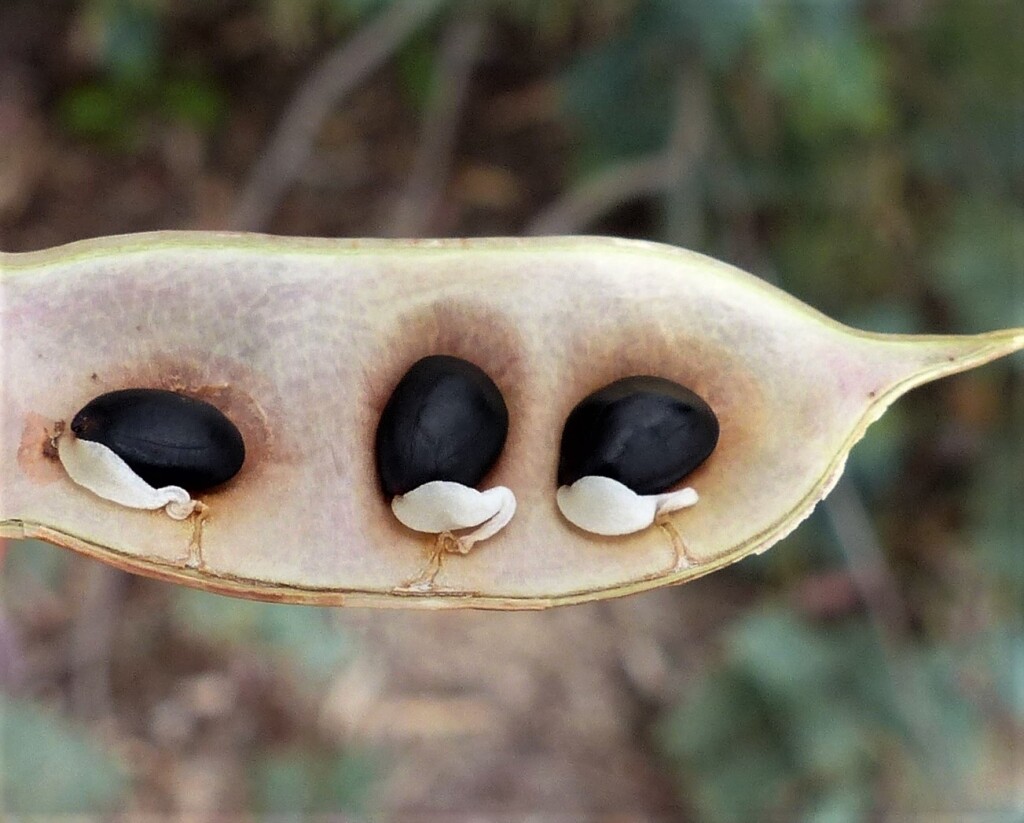Acacia dealbata subsp. dealbata
Description as for species but usually a tall shrub or tree to 30 m high. New growth variably waxy, but rarely strongly pruinose. Leaves 5–14 cm long with pinnae 1.5–5.5 cm long, pinnules 1.5–6 mm long in 19–68 pairs. Flowers commonly pale yellow, occasionally bright yellow. Flowers mostly Aug.–Nov.
Wim, VVP, VRiv, MuF, GipP, OtP, WaP, Gold, CVU, DunT, NIS, EGL, EGU, HSF, HNF, OtR, Strz, MonT, HFE, VAlp. Also WA (naturalised), SA (naturalised), NSW, ACT, Tas. Widespread in wetter mountain forests, often a component of secondary canopy in taller eucalypt (e.g. E. regnans) stands. Entering lowlands to near sea-level along creeks and rivers (e.g. Yarra River near Melbourne) and areas where taller forests meet the coast (e.g. Otways).
Apparent intermediates exist between subsp. dealbata and subsp. subalpina, and some clonal populations of subsp. dealbata developing from root-suckers appear to be naturally of short stature and have probably sometimes been misnterpreted as subsp. subalpina which appears to be confined in Victoria to areas close to the NSW border (e.g. Bonang-Bendoc area).
The bark of trees in wet forests is characteristically patterned by blotches of white crustose lichens (e.g. Pertusaria).
 Spinning
Spinning


